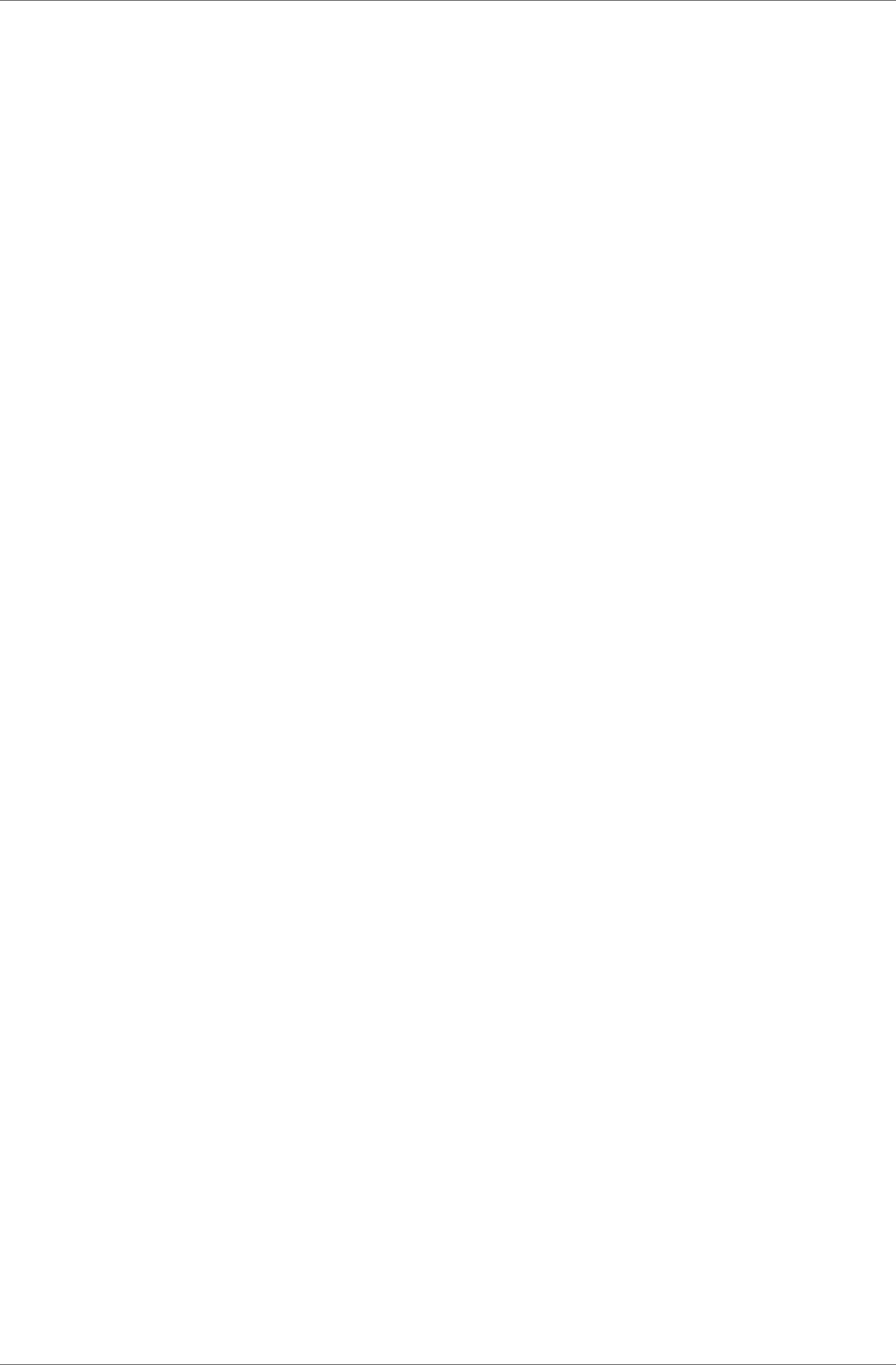
dCS 954 User Manual Manual for Standard Software Version 1.5x
dCS Ltd June 2000
Manual part no: DOC136954 iss 2B1
Page 38
file 135954ma2b1.pdf available from website
Contact
dCS
on + 44 1799 531 999 email to: more@dcsltd.co.uk
(inside the UK replace + 44 with 0) web site: www.dcsltd.co.uk
dCS 954
T
ECHNICAL
I
NFORMATION
Anti Image Filtering
The dCS 954 offers a choice of 4 anti-image filters on most sample rates. These
filters affect the ultrasonic part of the spectrum - 20 kHz upwards.
The unit is a DAC, with an output data rate set by the interface standard used.
The bandwidth of the oversampling converter used is high, and so any signals
that are in the input data will produce Nyquist images
4
in the output signal if they
are not removed by filtering. The demands on this anti-image filter can be quite
severe at the lower (“normal”) sample rates - it must pass signals in the audio
band (0 - 20 kHz) unimpaired, but it must remove images above Fs/2. This can
result in a very sharp filter, and it is an unavoidable mathematical result that
sharp filters have a poor, ringing, transient response. One effect of the ringing is
to spread the energy in a transient over a significant period of time (it can be up
to 1 ms). This seems to affect the stereo image that the ear would otherwise
form.
One can trade off filter roll-off and energy smear - more relaxed roll-off gives
less energy smear, but it may allow some of the signals in the input data to form
audible images in the output signal. A signal containing Nyquist images can be
corrected only by applying a sharp low-pass filter. However, as far as the ear is
concerned, this may not matter. The ear can tell the frequency of a signal - up to
a point. As the frequency rises, the accuracy with which the ear can tell what the
frequency is decreases, and above a limit, all the ear can tell is that there is a
signal, and it is above ... kHz. It can tell no more. So - it may be that a small
amount of Nyquist imaging is acceptable to the ear.
The filters that we have included give increasingly good energy smear
performance, and consequently have increasingly relaxed roll off. FiLT1 gives the
sharpest roll off, with no Nyquist images, but the worst energy smear. Then as
the number increases the smear decreases, but the imaging increases. Try
them, to see which you prefer.
You may find that for different material, different filters are appropriate - and you
may find that for different stages in the recording and mastering process,
different filters are appropriate.
Our users tell us that they find the ability to select different anti-image filters very
useful. Generally for classical music, number 2 is preferred while 3 & 4 are
popular with users recording rock and jazz. Opinions differ widely – so try them
for yourself.
The dCS 954 uses linear phase FIR filters to avoid the limit cycle problems that
come with many IIR filters. Linear phase gives filters a symmetrical transient
response before and after a transient (“pre-ringing”). The passband may or may
not have a ripple
5
, depending on the filter being used. The stop band is typically
below –110dB0 and can be as low as –130dB0.
4
See, for example “Principles of Digital Audio”, 3rd Edition, by Ken C Pohlmann (McGraw-Hill Inc, 1995)
5
Filters always have some ripple. For “zero ripple” filters this is in the µdB to pdB region.


















